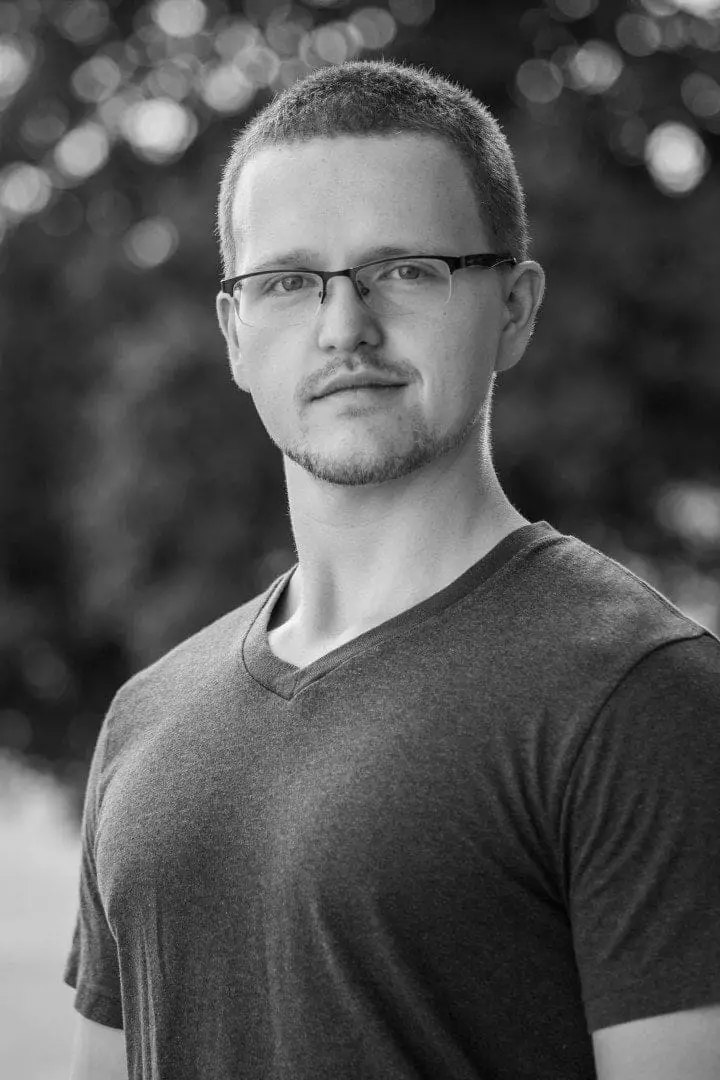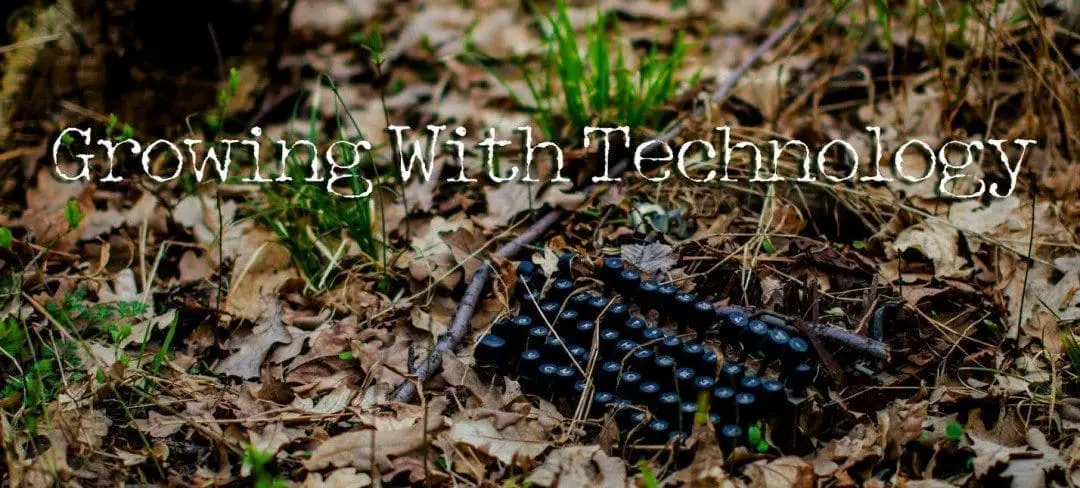Guest Post: Teeth, Claws, and Heart: Creating Creatures that Want More than Blind Destruction

By Kevin Holton
Hunger. Lust. Fatigue. Almost every living creature experiences these basic feelings. From the smallest organism to ancient megafauna, from the newborn child to the elder, we all go through the same essential functions, driven by the same essential needs. So, when developing a non-human character, even the most tentacle-ridden horror, make sure to give it motivation.
 We’ve all read stories here and there of some nameless evil that wants nothing but destruction. Even Marvel is catching flak right now for their repeated use of Big Bads who just want the world to burn. DC can get away with that for The Joker, but if you’re not a semi-omnipotent, possibly immortal clown who had a brief reign as God of Chaos, odds are, you have a drive more complex than “I will destroy this because I want to.” Thanos, the upcoming foe for Avengers: Infinity War, on the other hand, looks to have a serious issue there. In the comics, he wanted to destroy all life because he was madly in love with Lady Death, and thought that would impress her. The movies don’t have Lady Death, so…?
We’ve all read stories here and there of some nameless evil that wants nothing but destruction. Even Marvel is catching flak right now for their repeated use of Big Bads who just want the world to burn. DC can get away with that for The Joker, but if you’re not a semi-omnipotent, possibly immortal clown who had a brief reign as God of Chaos, odds are, you have a drive more complex than “I will destroy this because I want to.” Thanos, the upcoming foe for Avengers: Infinity War, on the other hand, looks to have a serious issue there. In the comics, he wanted to destroy all life because he was madly in love with Lady Death, and thought that would impress her. The movies don’t have Lady Death, so…?
Mind you, I still really want to see Infinity War, and Thanos looks like tons of purple fun anyway, which is a great testament to franchise power, one-liners, and smashy action. With a book, though, writing about buildings getting knocked down for two hundred pages simply won’t carry—unless you give it a reason.
I think, for instance, of Tim Waggoner’s Teeth of the Sea, recently released from Severed Press. In it, a prehistoric race of sea cryptids, equal parts teeth and fury, go through their mating process, which involves returning to a particular island. Because they travel for roughly fifteen years, and a resort popped up on this island five years ago, the humans have no idea whose territory they’ve encroached upon. The creatures, hungry from the long voyage, in need of sustenance for mating, and, above all, pissed that these noisy fools have filled their mating habitat with cabanas and party yachts, proceed to unleash havoc upon the unsuspecting.
Waggoner provides chapters written from the creatures’ perspectives, giving further insight to their territorial nature and matriarchal dominance. Doing so gives the readers something to identify with, and that’s the key. We understand why they’re angry. We don’t want them to kill the humans (for the most part), but who wouldn’t be a little angry to get back from vacation and find someone set up a business on their front lawn? If you brought someone home for a little—to put it politely—physical fun, wouldn’t you be mad to find strangers throwing a party in your living room?
Empathy is key to any good character, including the monsters. The fact that they aren’t human doesn’t mean we shouldn’t identify with their motivations.
Those of you who like giant monsters and creature features would do well to pay attention to this publisher, Severed Press, as that’s one of their specialties. They also put out Dargolla: A Kaiju Nightmare and Megadrak: Beast of the Apocalypse by Christofer Nigro. In both titles, he provides narration that gives insight to the kaiju, explaining their need to be the apex predator, their ravenous hunger after countless years asleep, and how they follow particular characters, enraged by someone escaping, as it essentially makes them feel as though they’ve failed.
Another key point: even if he doesn’t say it directly, Nigro makes it clear that these creatures feel anger, yes, they feel hunger and drive, but they also feel shame. They compensate for that shame with more rage, of course, but that’s fine. We understand.
Severed Press released another example: my novel, At the Hands of Madness, which focuses on a Lovecraftian kaiju with four arms and terrible psychic powers. I made sure to add, though, that it rarely seems to want to destroy humans, it simply does. In many cases, it will walk by a city without so much as seeming to notice it, because it knows it’s so unfathomably powerful that it doesn’t care about the humans.
Well, at first. Hennessy Jones, the narrator, manages to piss it off pretty severely, but I won’t spoil the story.
It’s perfectly fine to have a creature that destroys simply because it can, just as it’s fine to have a villain whose motivation to end the world is simply because he doesn’t like it. But, for all you budding creature feature writers—or any of you who’ve been writing in the genre for a while, but want to step their game up—be sure to keep motivation in mind. Doesn’t matter what it is. It can be a lab accident looking for a home (Frankenstein), or an extraterrestrial looking to repopulate through a method just happens to involve slaughtering humans (Alien; The Thing), or maybe it just wants to horde gold and be left alone (Smaug, from The Hobbit). Teeth and claws are great, but if you want your monster to stand the test of time, it’s got to have a heart.

Kevin Holton
Kevin Holton is the author of At the Hands of Madness, as well as the forthcoming titles The Nightmare King and These Walls Don’t Talk, They Scream. He also co-wrote the short film Human Report 85616, and his short work has appeared in dozens of anthologies.
He can be found at www.KevinHolton.com, or on Facebook, Twitter, and Instagram @TheHoltoning.
- About the Author
- Latest Posts
Stuart Conover is a father, husband, published author, blogger, geek, entrepreneur, horror fanatic, and runs a few websites including Horror Tree!












